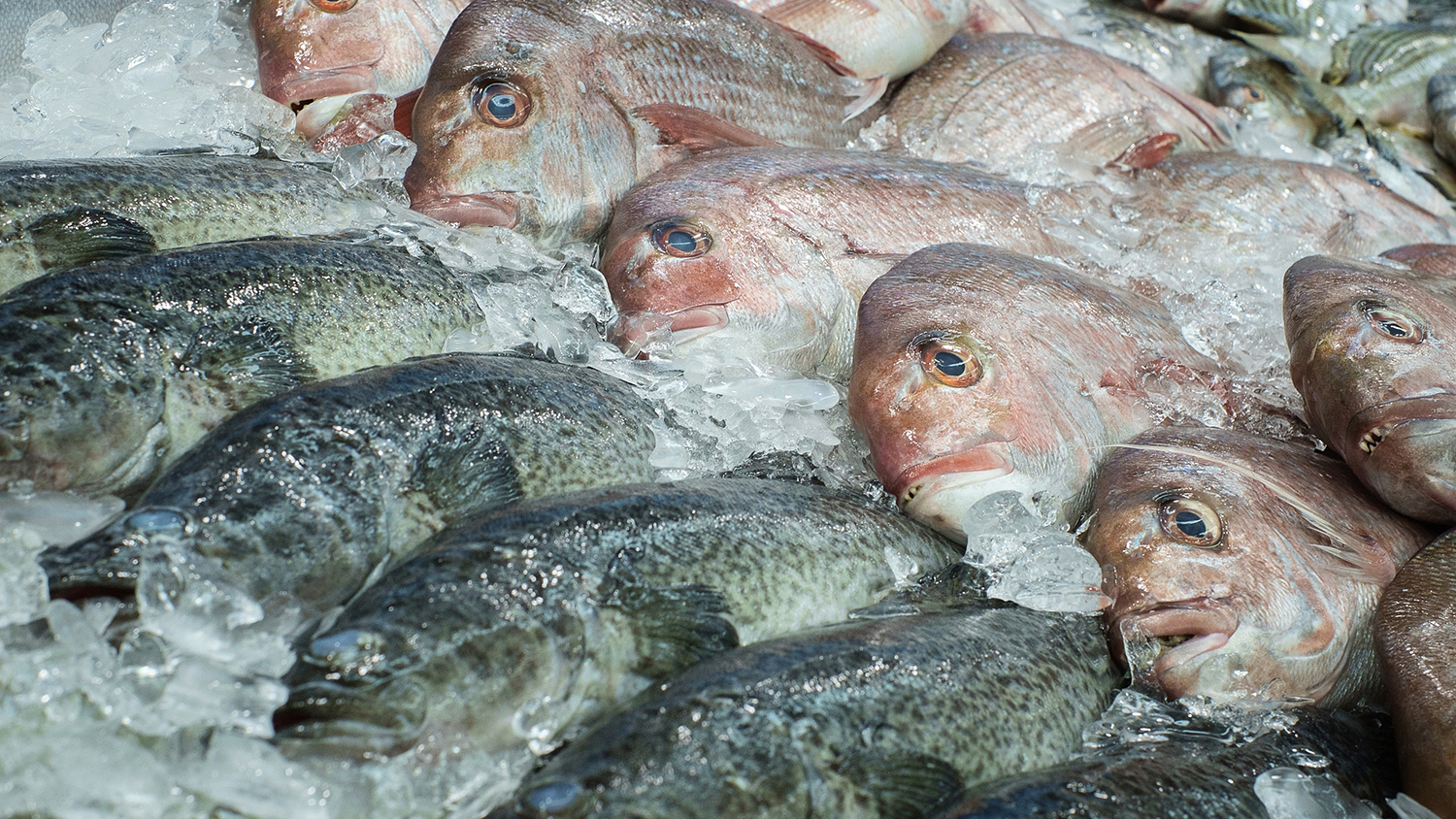Study: Aquaculture Does Little, if Anything, to Conserve Wild Fisheries

For Immediate Release
New research finds that aquaculture, or fish farming, does not help conserve wild fisheries.
“Our fundamental question with this study was: does fish farming conserve wild fish?” says Stefano Longo, an associate professor of sociology at North Carolina State University and first author of a paper on the work. “The answer is: not really.”
To determine the impact of aquaculture efforts on traditional, or “capture” fisheries, Longo and his collaborators looked at data from the World Bank and the Food and Agriculture Organization of the United Nations, from 1970 to 2014. Specifically, the researchers evaluated data that shed light on changes in aquaculture and traditional fisheries, such as aquaculture production numbers and the number of fish harvested by wild fisheries.
“We found that aquaculture has expanded production, but does not appear to be advancing fishery conservation,” Longo says. “In fact, aquaculture may contribute to greater demand for seafood as a result of the social processes that shape production and consumption.
“In other words, aquaculture is not taking the place of traditional fishing efforts, or even necessarily reducing them,” Longo says.
“To move things in the right direction, production of seafood in aquaculture (and fisheries) could benefit from producing species lower in the food web, such as molluscs,” Longo says. “More importantly, socially prioritizing producing food (and in this case seafood protein) as a basic right to meet needs, rather than as simply another commodity in the global economy, and regulating production in an ecologically sound manner, would advance conservation goals while meeting human needs. This would require strong political-economic initiatives (policies) on national and global levels that better plan production, and implement, and enforce regulations that promote sustainability.”
The paper, “Aquaculture and the Displacement of Fisheries Captures,” is published in the journal Conservation Biology. The paper was co-authored by Brett Clark of the University of Utah, Richard York of the University of Oregon and Andrew Jorgenson of Boston College.
-shipman-
Note to Editors: The study abstract follows.
“Aquaculture and the Displacement of Fisheries Captures”
Authors: Stefano B. Longo, North Carolina State University; Brett Clark, University of Utah; Richard York, University of Oregon; Andrew K. Jorgenson, Boston College
Published: Feb. 4, Conservation Biology
DOI: 10.1111/cobi.13295
Abstract: In modern aquaculture, animal?production technology is used to increase aquatic food sources. Such controlled rearing of seafood can, in principle, shift the pressure off wild stocks and aquatic ecosystems by reducing fishing activities, which may advance marine conservation goals. We examined resource displacement—the reduced consumption of a resource due to its replacement with a more environmentally benign substitute—in fisheries. We employed panel regression techniques in an analysis of time-series data from 1970 through 2014 to assess the extent to which aquaculture production displaced fisheries captures for all nations for which data were available. We estimated 9 models to assess whether aquaculture production suppresses captures once other factors related to demand have been controlled for. Only 1 model predicted significant suppression of fisheries captures associated with aquaculture systems within nations over time. These results suggest global aquaculture production does not substantially displace fisheries capture; instead, aquaculture production largely supplements fisheries capture.
- Categories:


